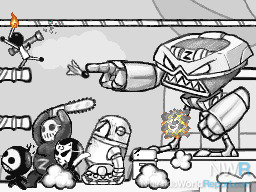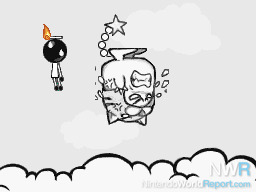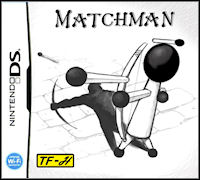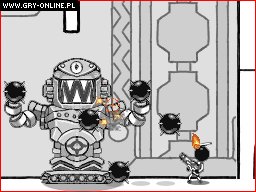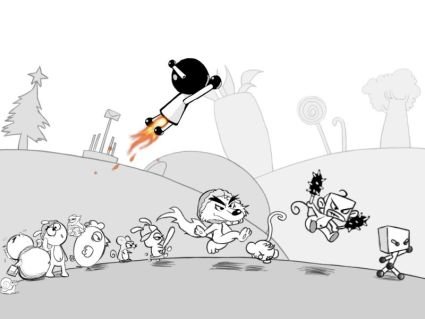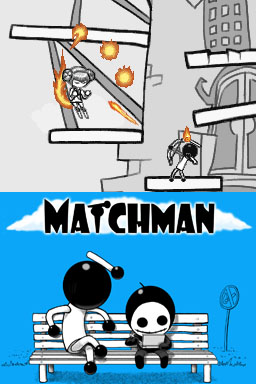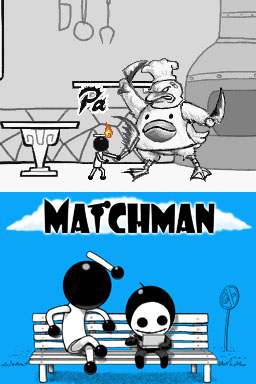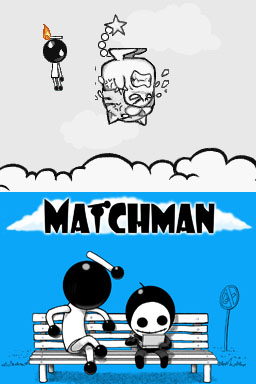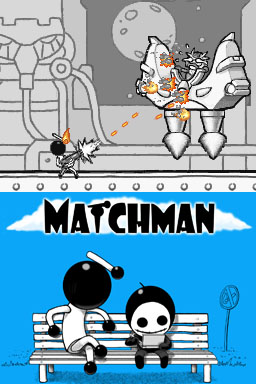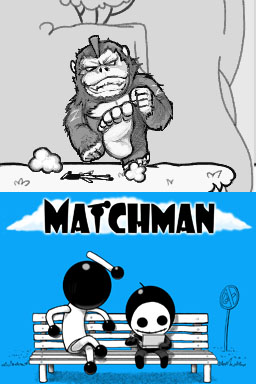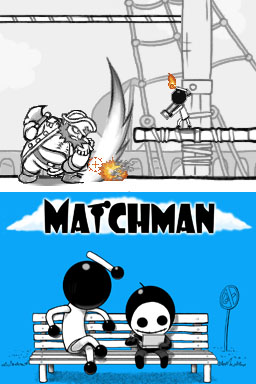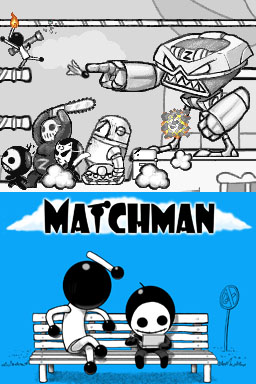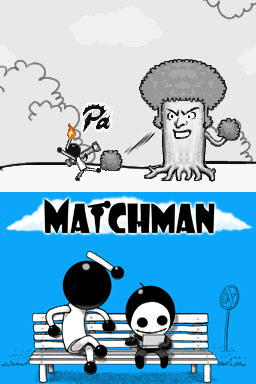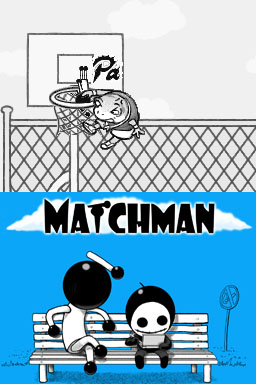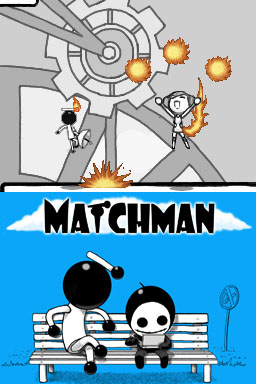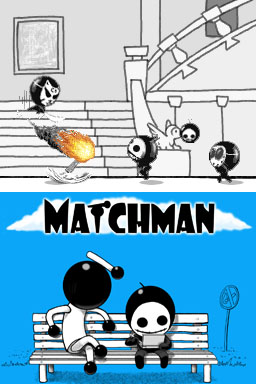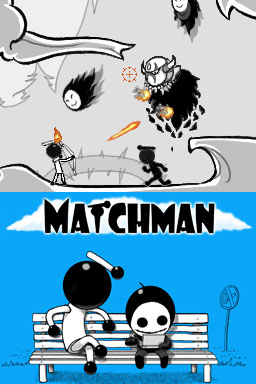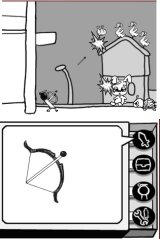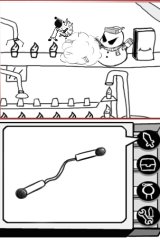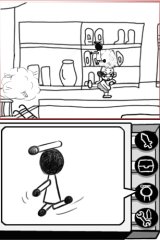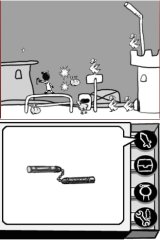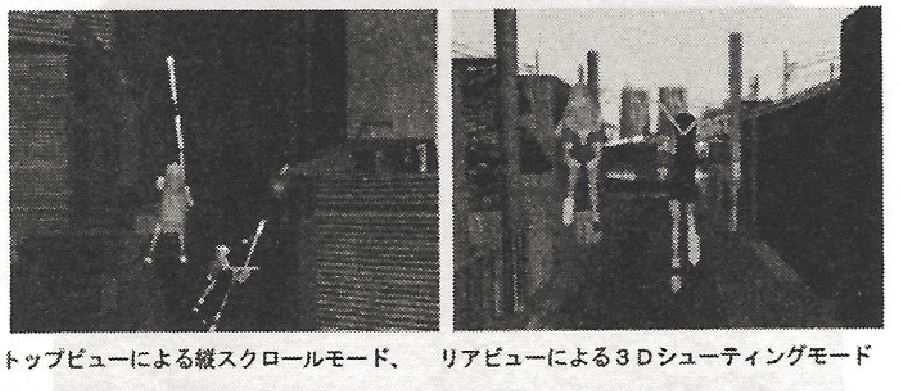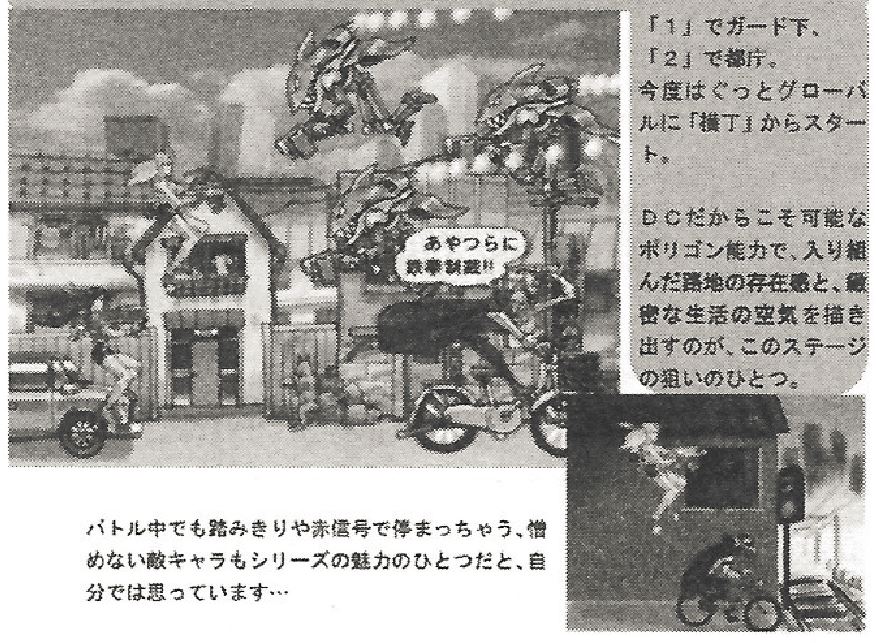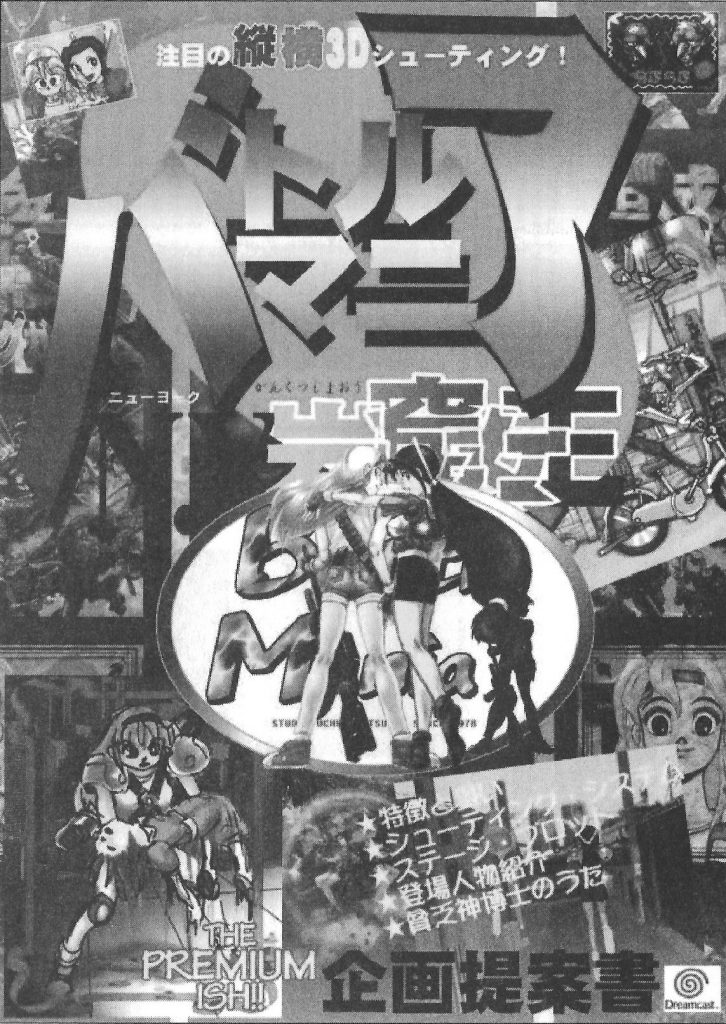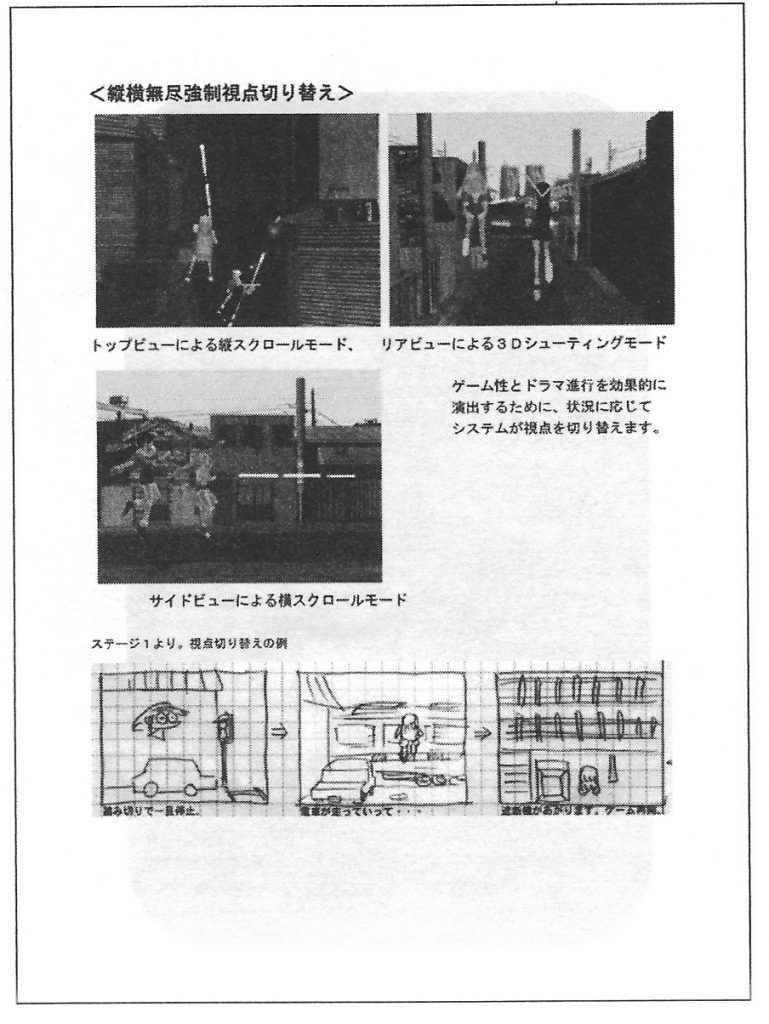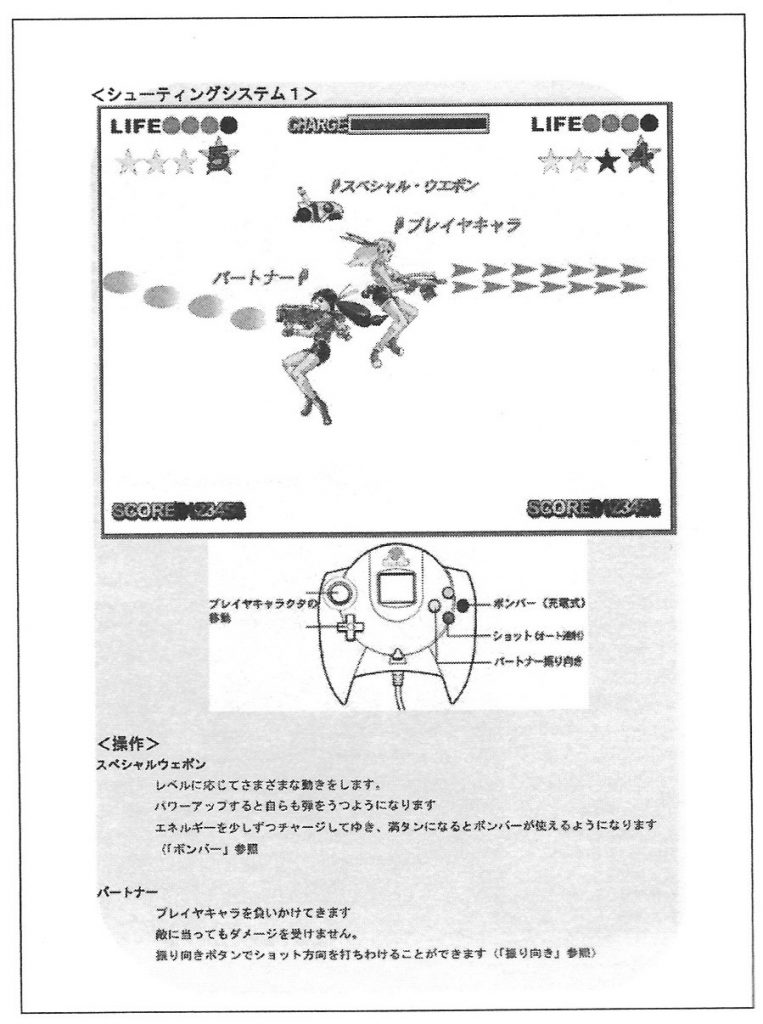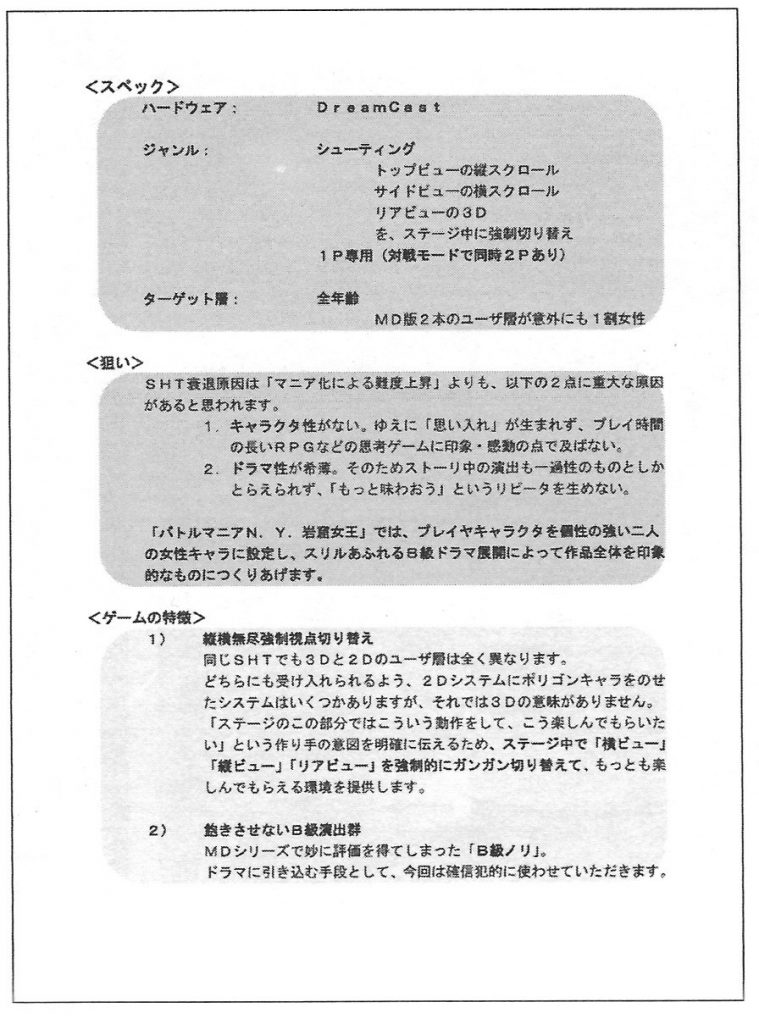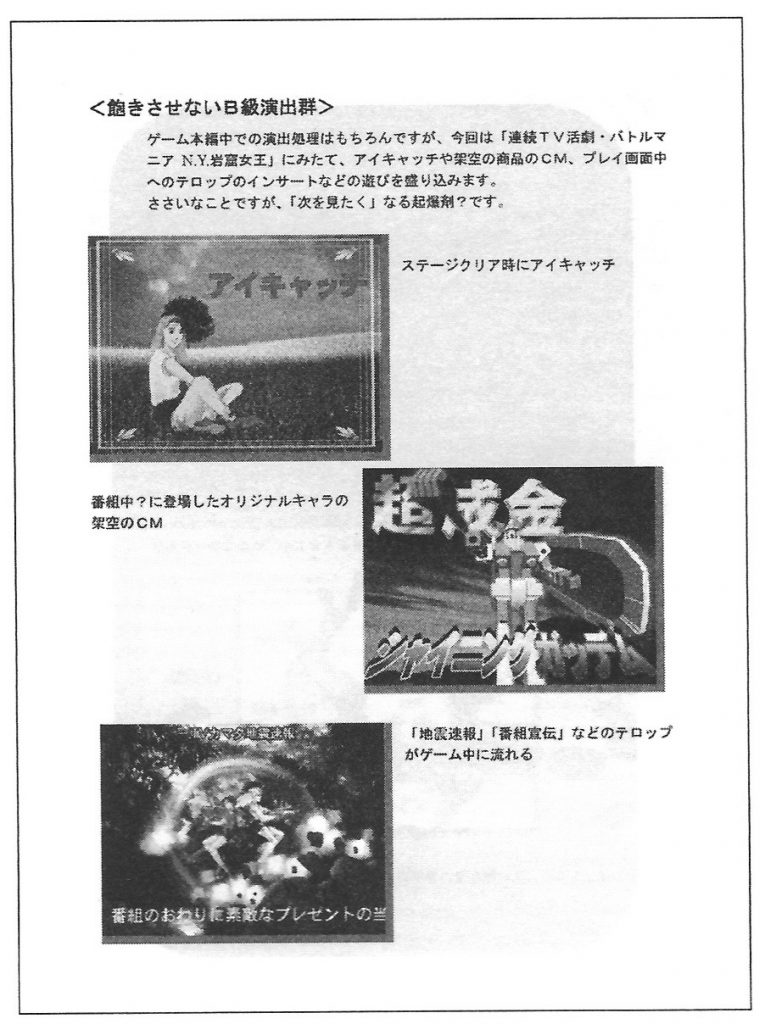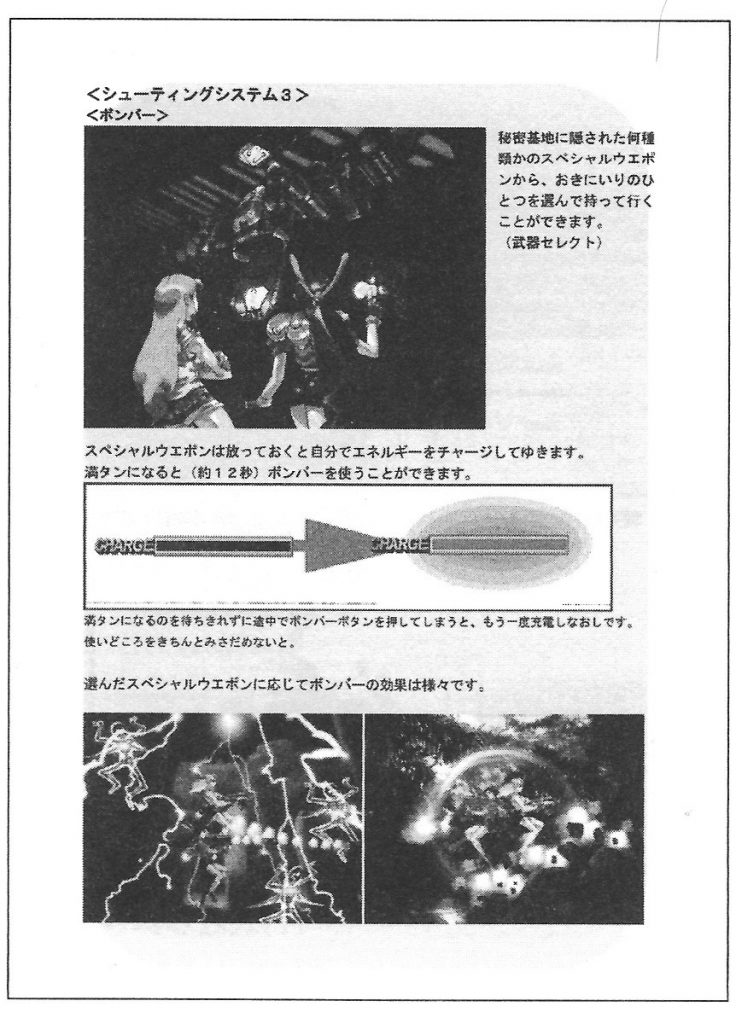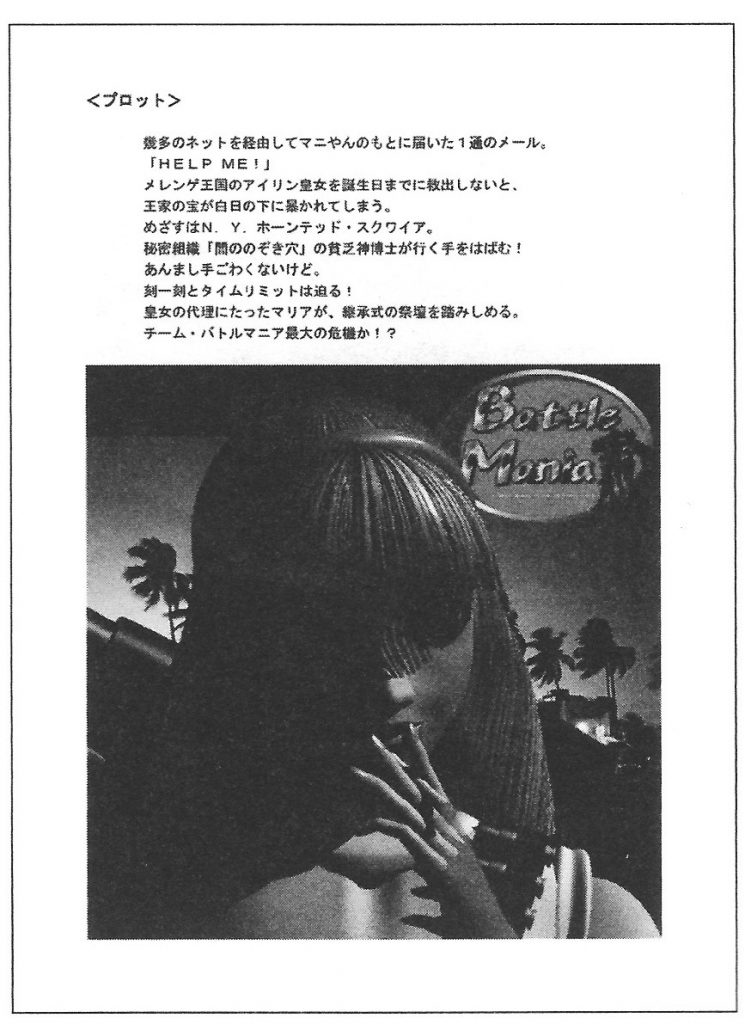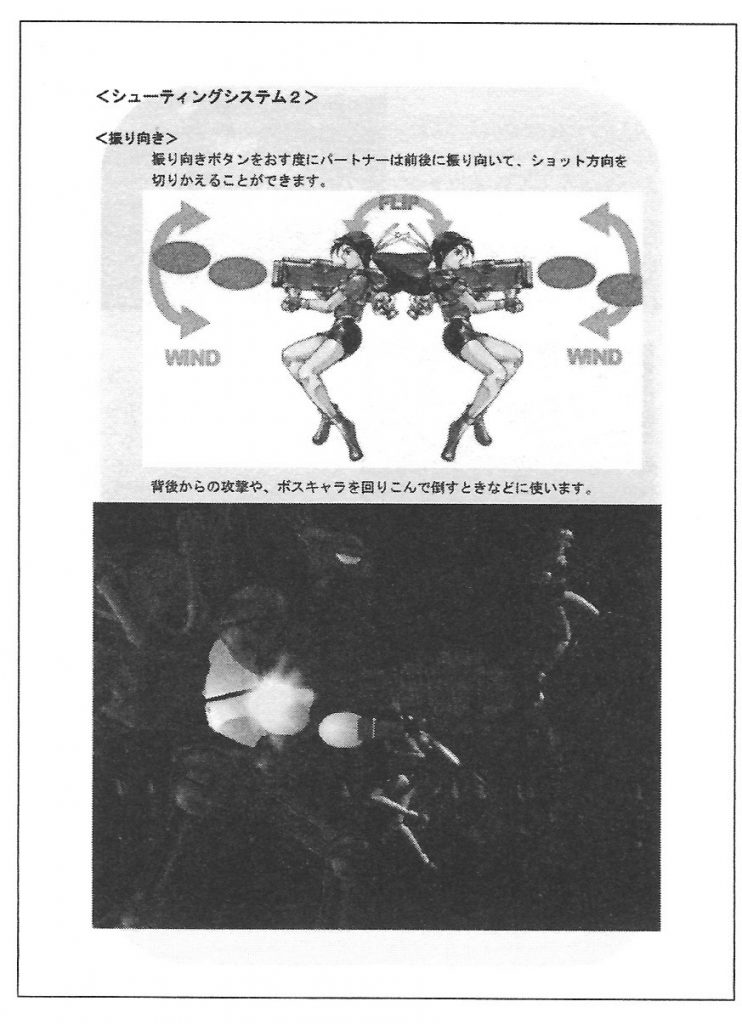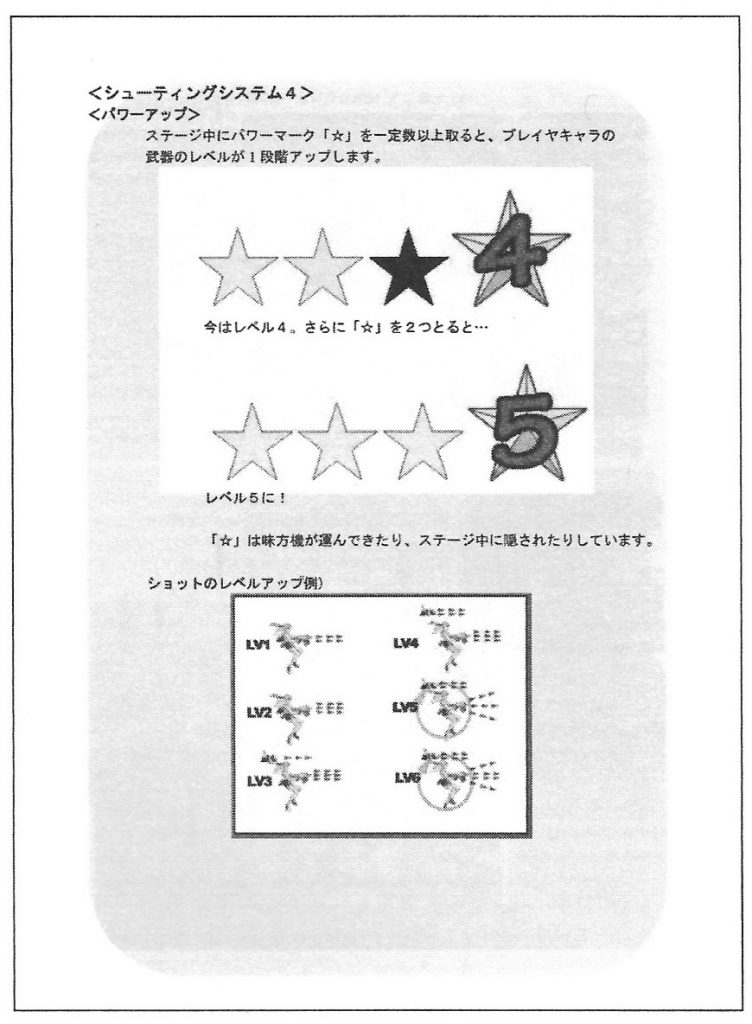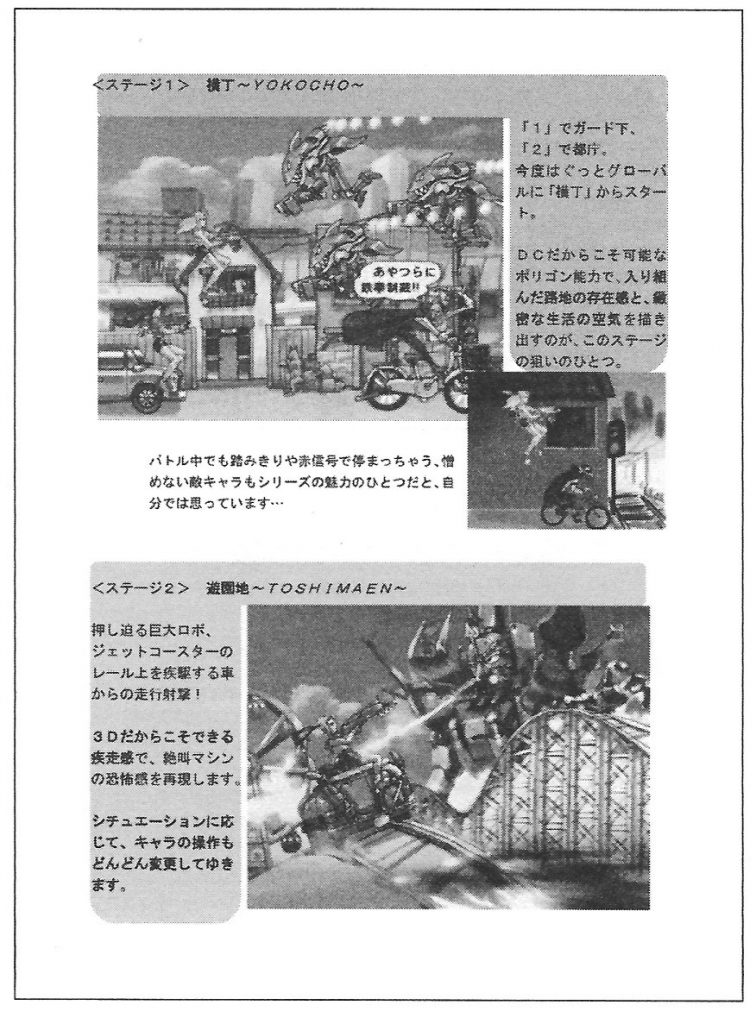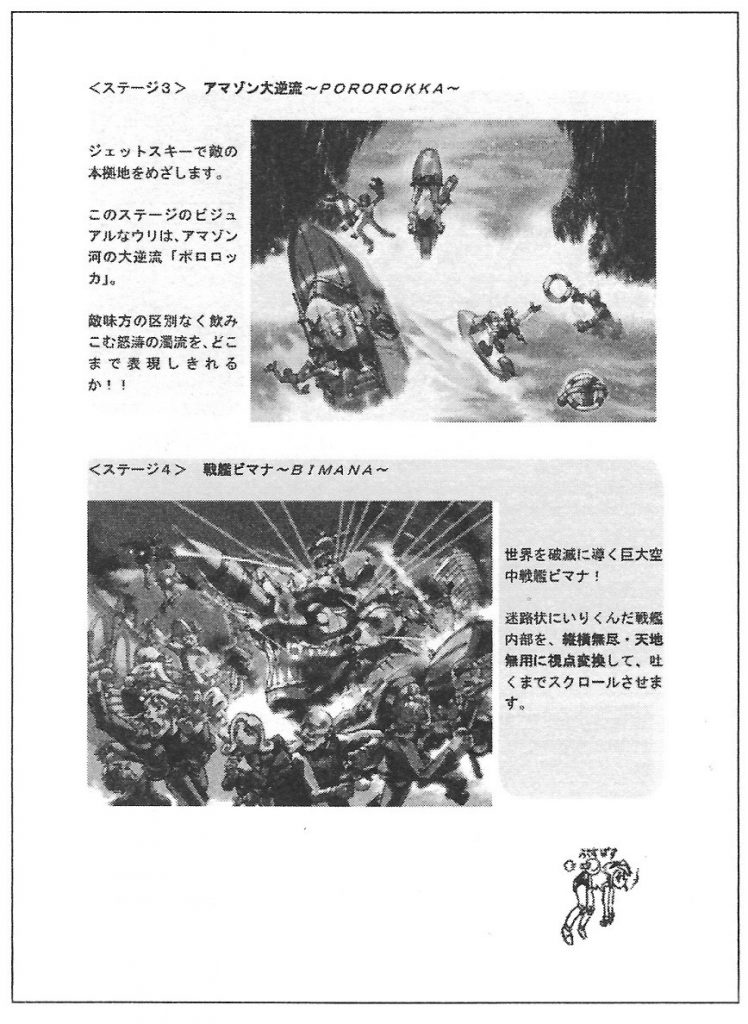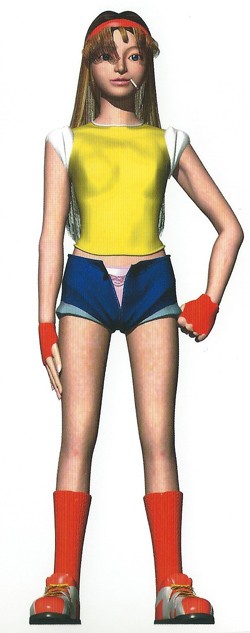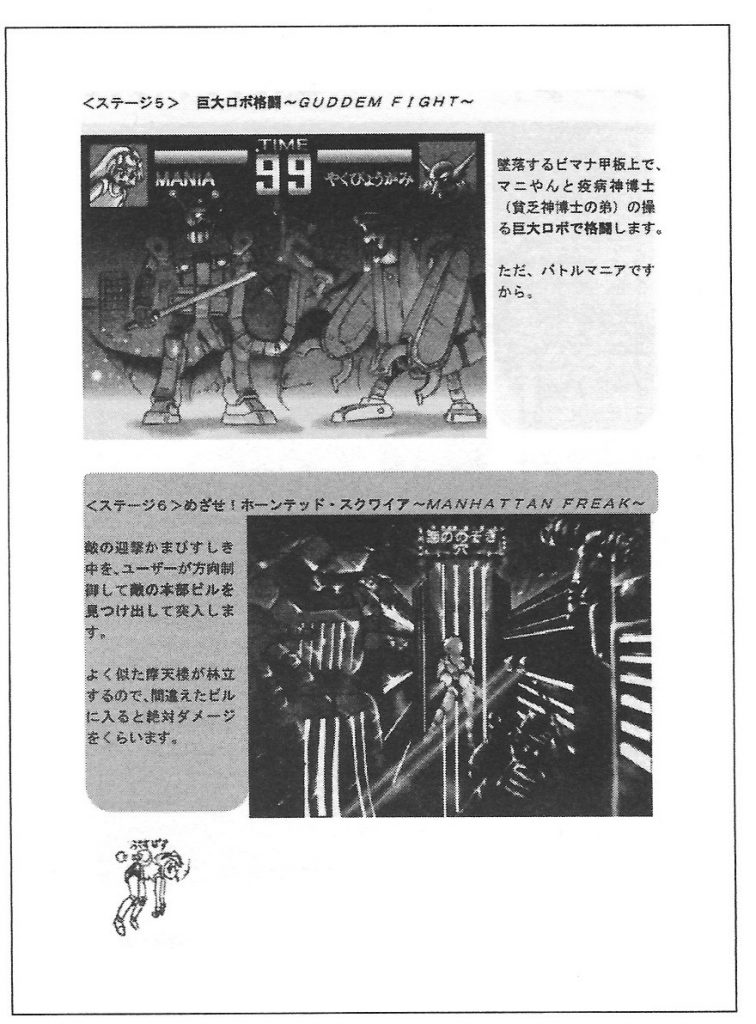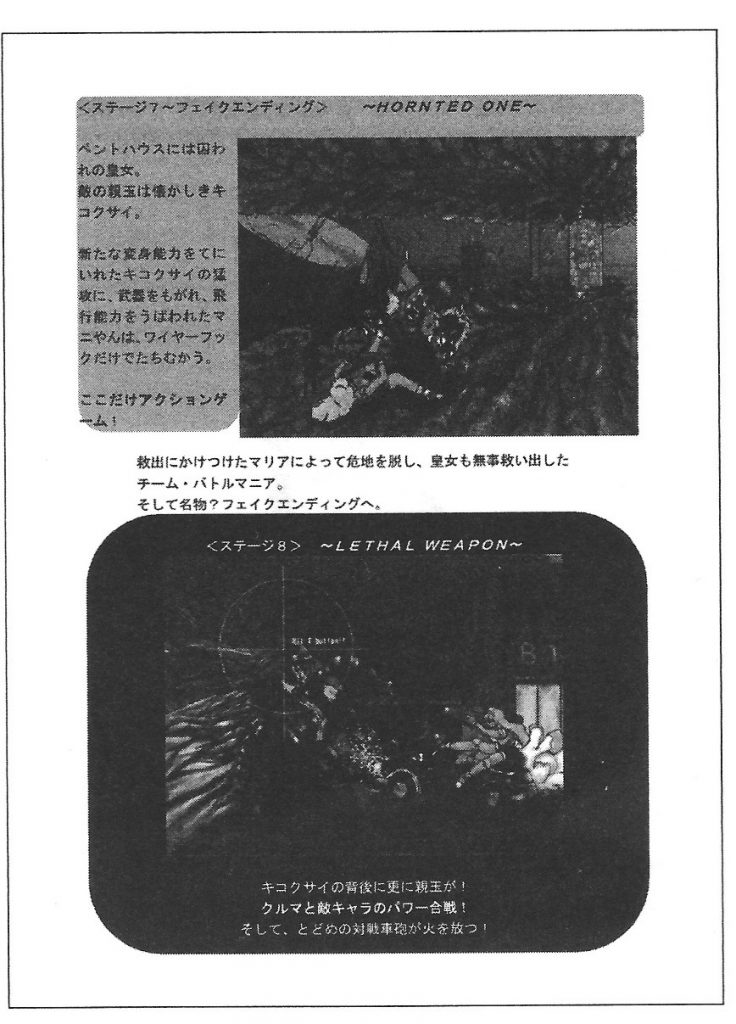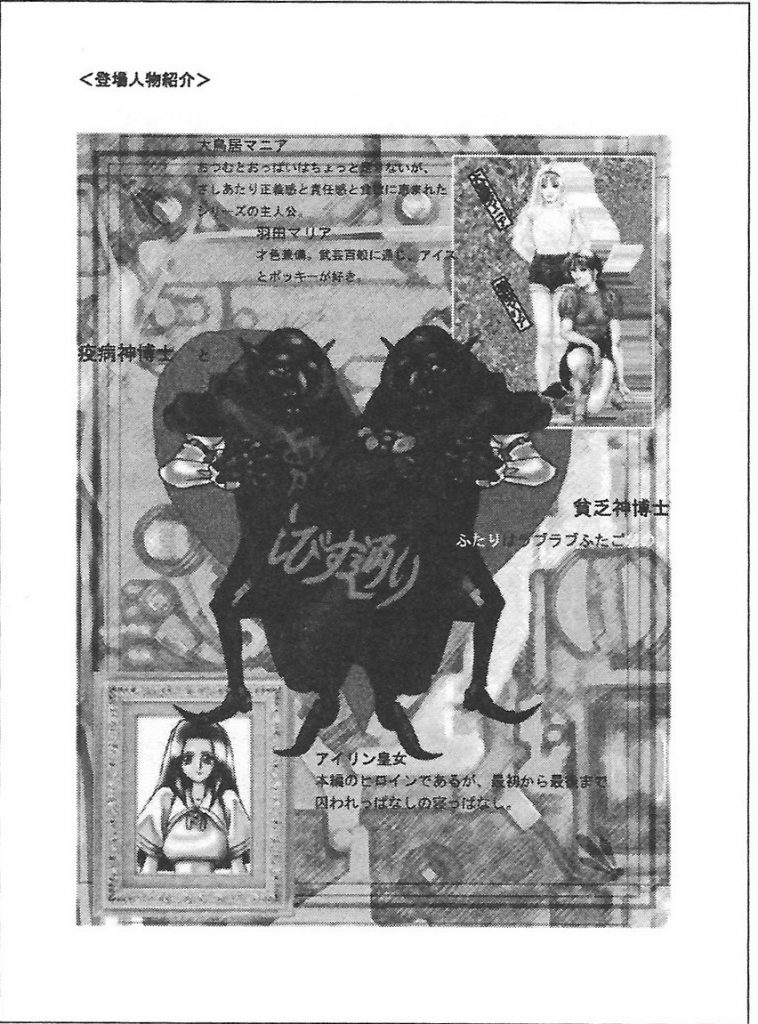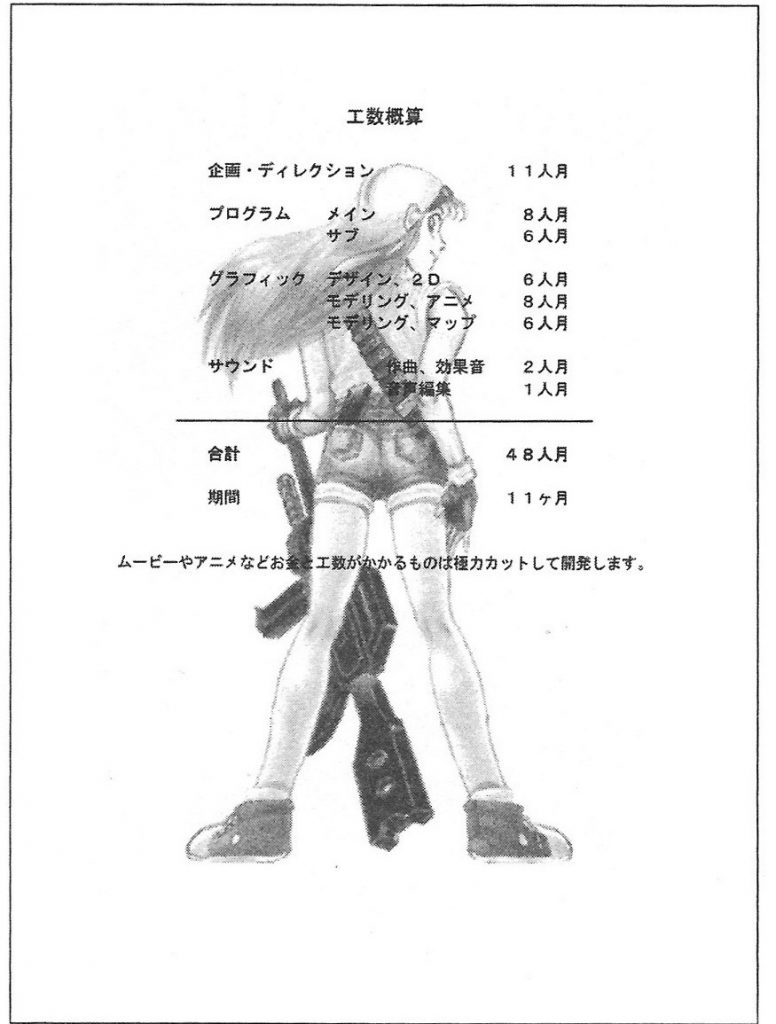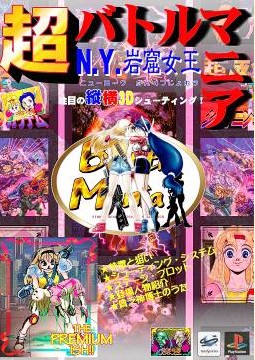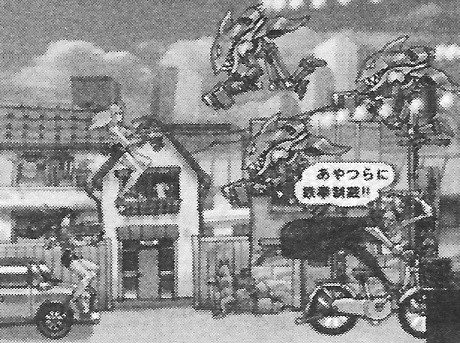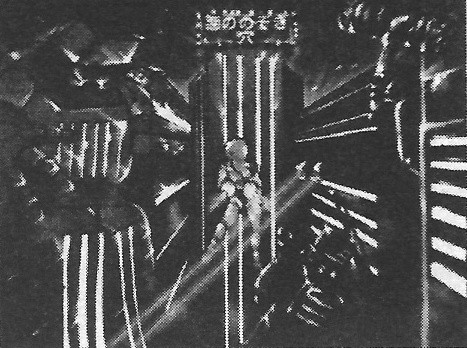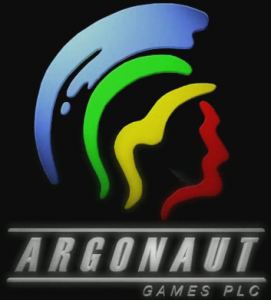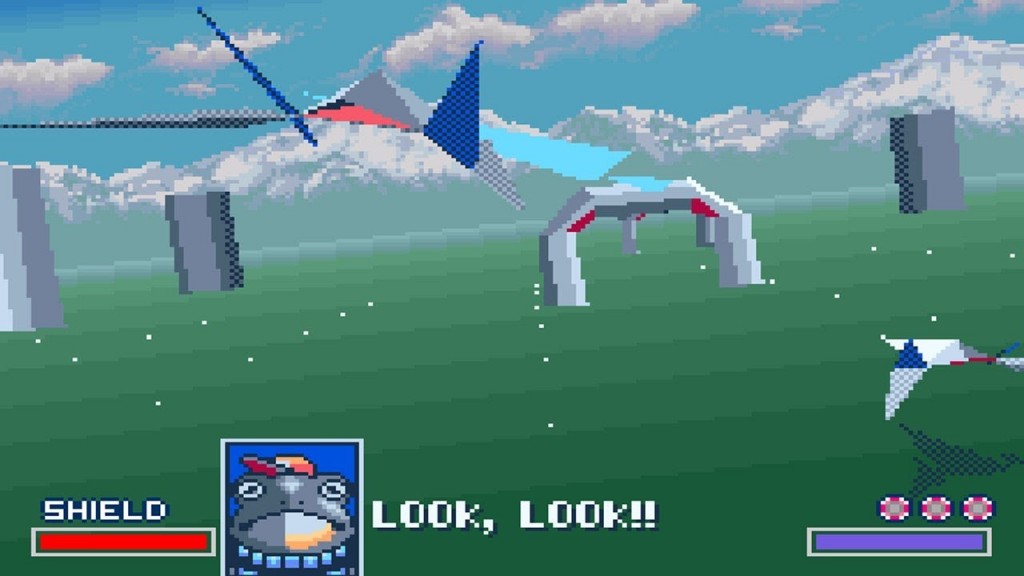Matchman is a cancelled run ‘n gun that was in development by TF-H Co in 2008, planned to be published by Lexicon Entertainment for the Nintendo DS, Wii and Playstation 3. The game had original graphics for its time, with hand-drawn, black and white scribbles: journalists were quite amazed by how a simple-looking game like this was meant to be released on modern consoles (indies were still not as common as today).
As we can read from the official press-release on gamesindustry.biz:
“Video games publisher Lexicon Entertainment and talented Chinese games developer TF-H Co Ltd have announced a 2 year agreement which will see the two companies bring a number of new IP to Nintendo DS, Nintendo Wii and Playstation 3 for a worldwide audience.
Matchman is a side scrolling shooter involving extraordinary graphics, manipulation and creative features. The graphic style is consisted by black and white line drawing, and the script is based on a combination of some classical fairytales such as Grimm’s and Andersons fairytales. In the script, there are many humorous factors. The black and white style will bring you the feel of an old school comic, which will attract audiences from different age groups.
One of the special features is the unconventional means to knock through some of scenario. In this case, you’re not going to kill bosses directly. For instance, conventionally you kill monsters by using weapons; but to kill an evil bird named Baba Yaga, you need to throw apples and feed it until its stomach bursts! Another feature is about manipulation. Within the game is a mode called Commuter, specially designed for people on public transport commuting to the office. These people can use a single hand to operate the console and the other to enjoy a soothing cuppa!”
Something went wrong in 2008 and Lexicon Entertainment dropped the project, before closing down their company. In 2009 a new publisher re-announced Matchman, as wrote by Gamasutra:
“Startup publisher Mamba Games today announced both its own existence as well as its first four game projects across PC and console platforms. The company, co-founded by former THQ executive Robert Nielson in November 2008, laid out its release schedule for the first two quarter of 2009, signing various worldwide and territory-specific distribution deals.
Mamba’s fourth announced title, Matchman (pictured) by Chinese developer TF-H Co Ltd, will debut for the Nintendo DS globally in the second quarter of 2009. Nintendo Wii and PlayStation 3 versions of the scrolling shooter will be released later in the year.”
In the end, Matchman just vanished and it was never published in any way as far as we were able to gather. We don’t know if TF-H Co ever completed the game nor what happened to the team after the cancellation of their project.
In the following years things did not go well for Mamba Games, failing with an international scandal about missing payments for some of their developers.
Images:

